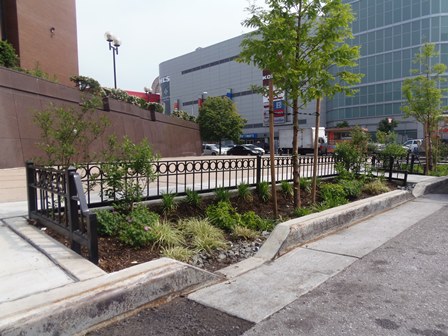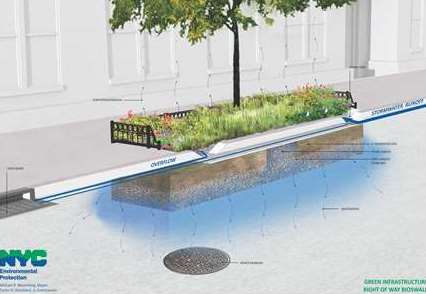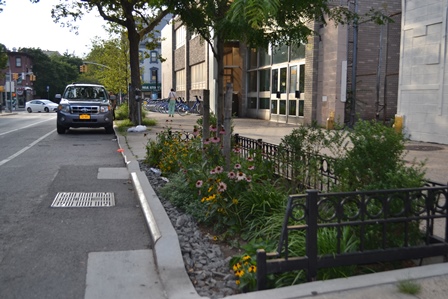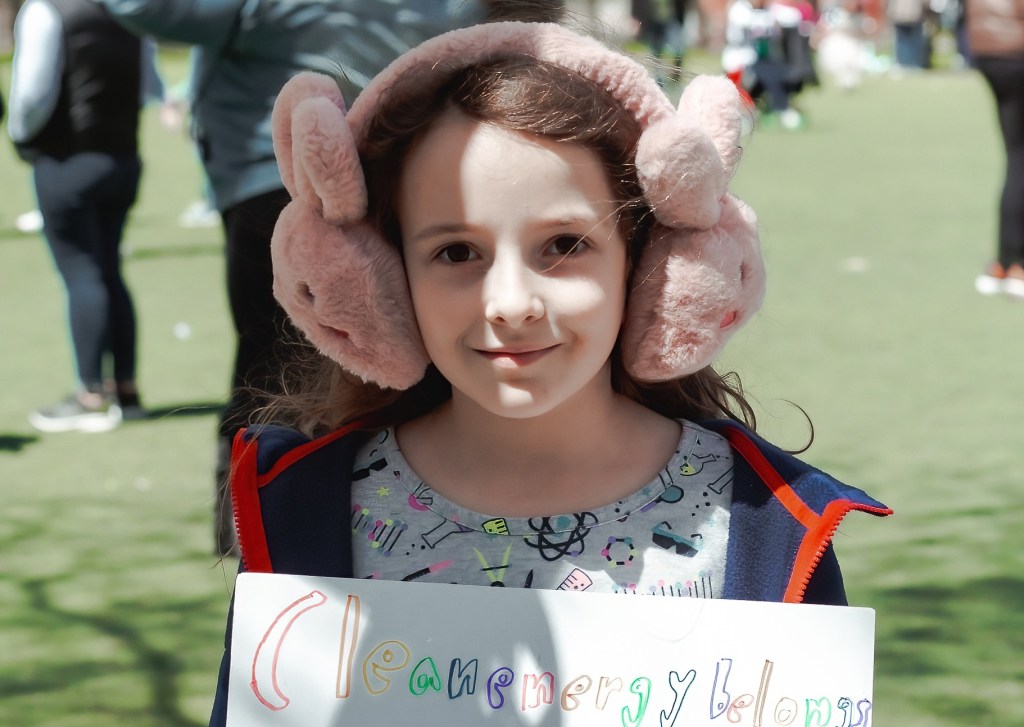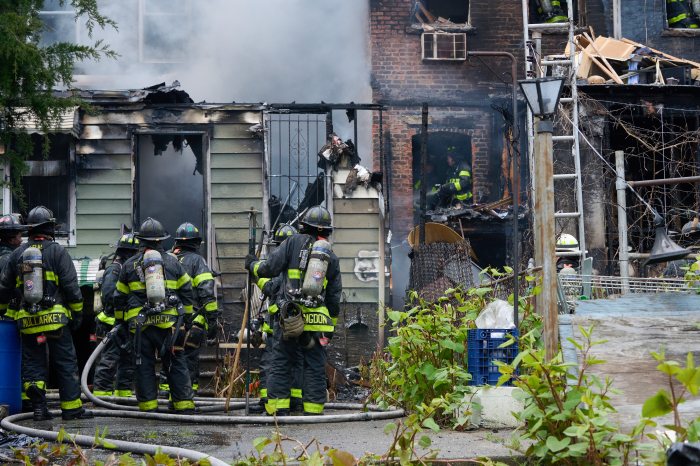Middle Village resident Pat Kannengieser is worried the city’s new solution to reduce sewer overflow will become her problem.
As part of its Green Infrastructure plan, the Department of Environmental Protection (DEP) is getting ready to install hundreds of “right-of-way bioswales,” sidewalk gardens built to absorb storm water.
Kannengieser was told two bioswales will be built on the sidewalk in front of her house on 61st Road. She is afraid she will be left to maintain them and that she will not be able to park there.
“These are nice things, but they are not practical everywhere in the state of New York,” Kannengieser said. “The parking in our area is so pathetic.”
Bioswales consist of a city tree, flowers and plants on top of five feet of soil specially engineered to absorb water naturally. By sucking in rainwater, they help keep the sewers from overflowing.
Currently, 72 percent of storm water goes unabsorbed in the concrete jungle that is New York. It goes straight into the sewer system via catch basins in the streets and travels to 14 treatment plants around the city.
The plants can handle about 2.5 billion gallons of water a day, but during heavier storms such as Sandy, the water can pass that limit. The result is untreated discharge in people’s homes and in bodies of water around the city.
The Green Infrastructure plan was passed in 2010, with $2.4 billion dedicated to natural solutions to beautify and clean waterways. Those solutions include the bioswales.
“Bioswales are an important part of our growing network of green infrastructure that will absorb storm water naturally and improve the health and cleanliness of our local waterways,” a DEP spokesperson said.
There are about 100 bioswales around the city already and agency expects to set up 500 by the end of the year and thousands more over the next few years, the official said.
The DEP formed a partnership with the Parks Department and the Department of Transportation to erect the gardens.
To respond to Kannengieser and other residents’ concerns, the DEP will fund special crews in the parks department which will maintain each site regularly by cutting trees and picking up garbage.
The agency said the bioswales will not reduce parking spots, since they are on the sidewalk, and a chunk of every curb will remain so drivers that park in front of a bioswale can get out of their cars.
“They have to do it correctly, where it’s going to have the least negative impact,” said Gary Giordano, district manager of Community Board (CB) 5. “It’s important that they do a good job to maintain the bioswales and not put another burden on the property owner.”
The first sets of bioswales were implanted in Brooklyn near the Gowanus Canal early last year, but residents there are thrilled with the gardens.
“When it comes to the DEP bioswales, our biggest problem is that we don’t have enough of them,” said Brooklyn CB 6 district manager Craig Hammerman. “No complaints, only envious squeals.”
Giordano said DEP representatives will make a presentation on the bioswales at CB 5’s next public meeting on September 18.
RECOMMENDED STORIES

